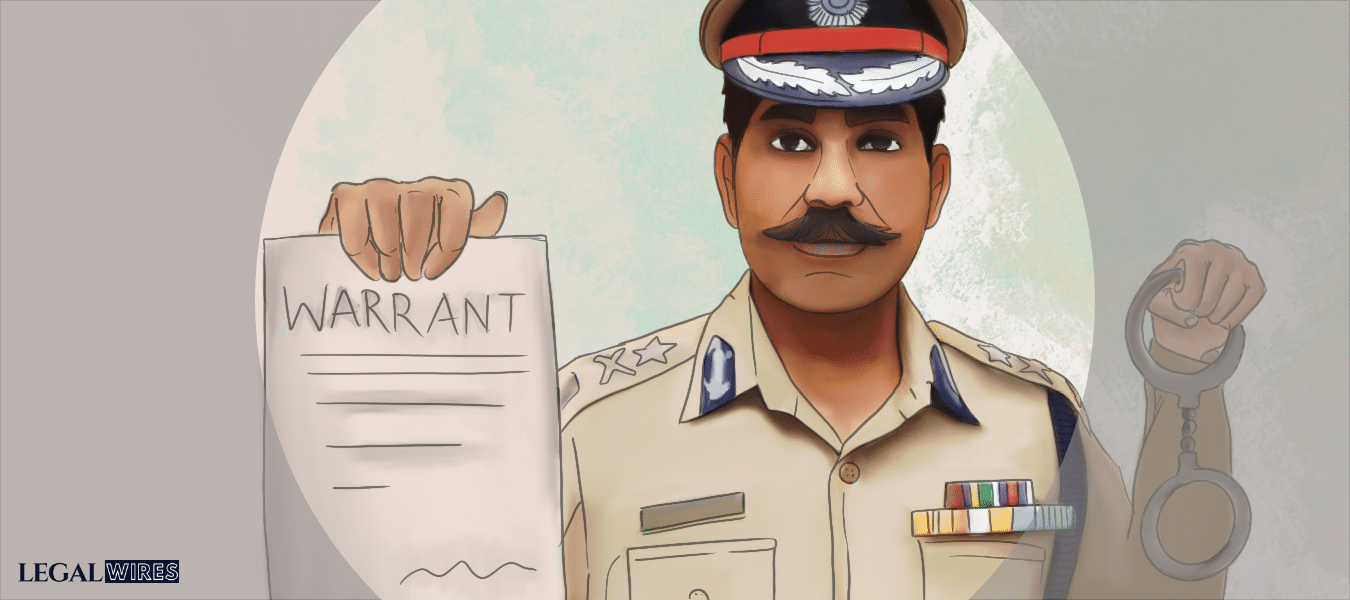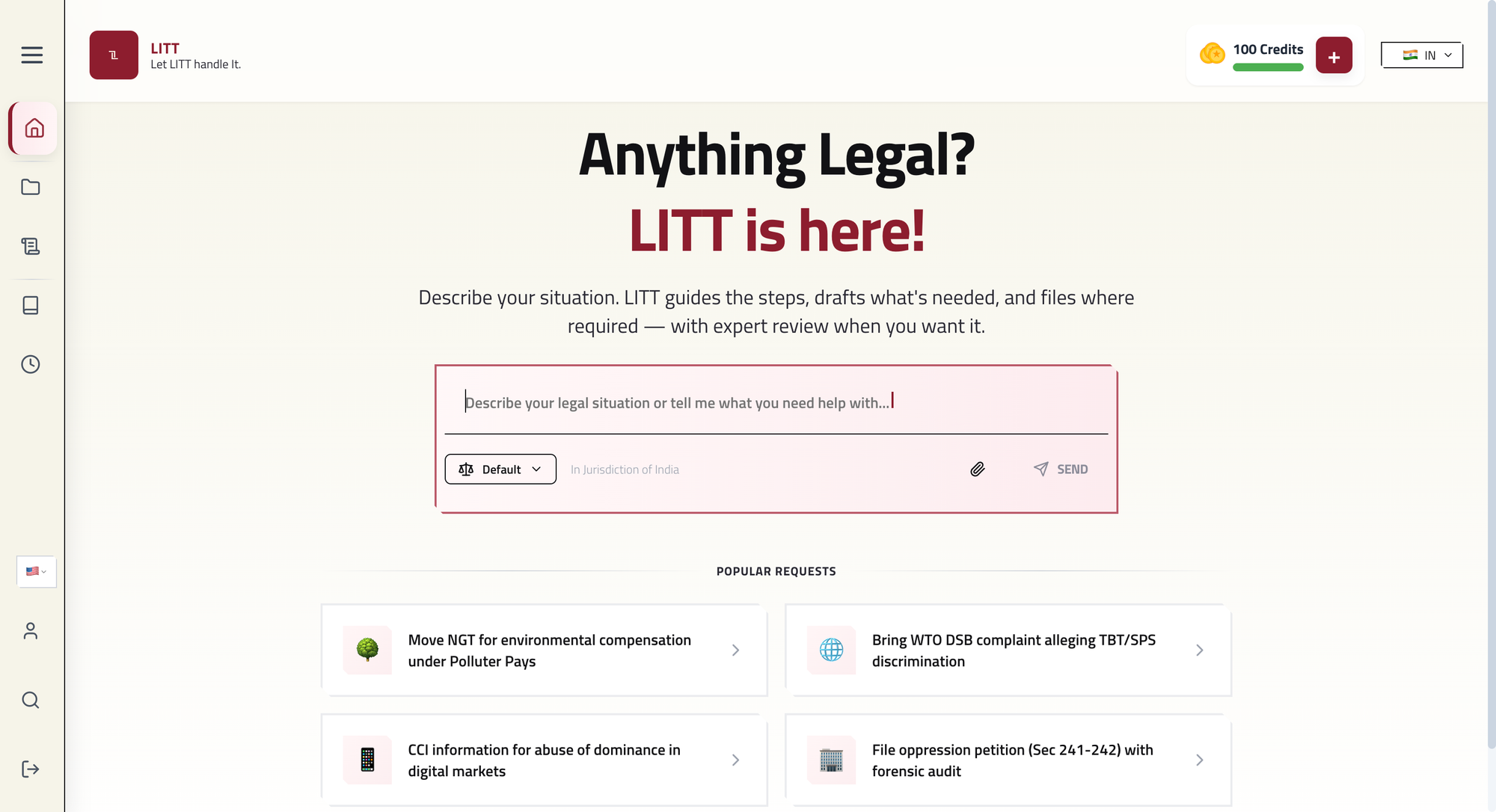“Mandatory installation of CCTV cameras in police stations” Special Leave

Legal AI associate for drafting & compliance
“Mandatory installation of CCTV cameras in police stations”
Special Leave Petition (Criminal) No. 3543 of 2020
Date of Judgement: 2nd December, 2020
Author: Justice R.F. Nariman
Bench: Justice R.F. Nariman, Justice K.M Joseph, Justice Aniruddha Bose
Facts
The Supreme Court had from time to time issued directives to prevent incidents of custodial violence and curb the misuse of the powers accorded to police personnel. In its 2015 judgement of D.K Basu v. State of West Bengal[1] the Supreme Court gave directions for the installation of CCTV cameras in all prisons throughout the country to check discipline among inmates and preventing violation of their human rights. At the same time, the Court gave the opinion that the State Governments may consider to install such CCTV cameras in Police Stations as safeguard against custodial violence. But it was not made mandatory. In para 27 of its judgement the Supreme Court said, “We do not for the present consider it necessary to issue a direction for installation of CCTV cameras in all police stations.….All that we need say is that the State Governments may consider taking an appropriate decision in this regard, and appropriate action wherever it is considered feasible to install CCTV cameras in police stations. Some of these police stations may be located in sensitive areas prone to human rights violation. The States would, therefore, do well in identifying such police stations in the first instance and providing the necessary safeguard against such violation by installing CCTV camera in the same. The process can be completed in a phased manner depending upon the nature and the extent of violation and the experience of the past.”
In its 3rd April, 2018 order in the case of Shafhi Mohammad v. State of Himachal Pradesh[2], the Supreme Court directed the Government that a Central Oversight Body (COB) be set up by the Ministry of Home Affairs to implement the action plan with respect to the use of videography in the crime scenes during the investigation. The Supreme Court felt that there was a need to give directions that an Oversight Mechanism be created in every State whereby an Independent Committee can study the CCTV camera footages and periodically publish its observations in the form of a report. The COB was directed to identify such places (implying Police stations) where cameras need to be setup and to issue appropriate directions to ensure that such use of videography becomes a reality in a phased manner.
In the present case, a Special Leave Petition was filed to examine the status of the installation of CCTV cameras in police stations as well as the position of compliance with the dictates of Section 161(3) proviso of the CrPC which say that any statement made to the Police under this section may also be recorded by audio-visual electronic means. The Court impleaded all States and Union territories and asked them to submit the exact position of the CCTV cameras in every Police Station in their territory as well as the status of the constitution of the Oversight Committee. Consequently, 14 States and 2 Union territories filed their Compliance Affidavits and Action Taken Reports. The Court found that such Affidavits fail to disclose any material state of facts. The affidavits did not mention even some very basic information such as the number of functioning Police Stations in their territory, total number of CCTV cameras in each Police Station, or their working status etc. Furthermore, the status of constitution of Oversight Committees and/or details with respect of the ones which have already been constituted were not submitted. Thus, finding such miserable state of affairs, the Court reprimanded the State/Union Territory governments and issued the below-mentioned directives.
Directions given by the Supreme Court
Constitution of Oversight Committee at 2 levels
1. State Level: The State Level Oversight Committee (SLOC) must consist of:
(i) The Secretary/Additional Secretary, Home Department
(ii) Secretary/Additional Secretary, Finance Department
(iii) The Director General/Inspector General of Police; and
(iv) The Chairperson/member of the State Women’s Commission.
Duties: It shall be the responsibility of the SLOC to see that the directions of the Court are carried out. Its other enlisted duties will be:
a) Purchase, distribution and installation of CCTVs and its equipment;
b) Obtaining the budgetary allocation for the same;
c) Continuous monitoring of maintenance and upkeep of CCTVs and its equipment;
d) Carrying out inspections and addressing the grievances received from the DLOC; and
e) To call for monthly reports from the DLOC and immediately address any concerns like faulty equipment.
2. District Level: The District Level Oversight Committee (DLOC) should comprise of:
(i) The Divisional Commissioner/ Commissioner of Divisions/ Regional Commissioner/ Revenue Commissioner Division of the District (by whatever name called)
(ii) The District Magistrate of the District
(iii) A Superintendent of Police of that District; and
(iv) A mayor of a municipality within the District/ a Head of the Zilla Panchayat in rural areas.
Duties: The duties of DLOC shall be:
a) Supervision, maintenance and upkeep of CCTVs and its equipment
b) Continuous monitoring of maintenance and upkeep of CCTVs and its equipment
c) To interact with the Station House Officer (hereinafter referred to as the “SHO”) as to the functioning and maintenance of CCTVs and its equipment; and
d) To send monthly reports to the SLOC about the functioning of CCTVs and allied equipment.
e) To review footage stored from CCTVs in the various Police Stations to check for any human rights violation that may have occurred but are not reported.
The State and Union Territory Governments to install CCTV cameras in each and every police station within their territory
- The State and Union Territory Governments should ensure that CCTV cameras are installed in each and every Police Station functioning in the respective State and/or Union Territory.
- “Further, in order to ensure that no part of a Police Station is left uncovered, it is imperative to ensure that CCTV cameras are installed at all entry and exit points; main gate of the police station; all lock-ups; all corridors; lobby/the reception area; all verandas/outhouses, Inspector’s room; Sub- Inspector’s room; areas outside the lock-up room; station hall; in front of the police station compound; outside (not inside) washrooms/toilets; Duty Officer’s room; back part of the police station etc.”
- These CCTV systems must be equipped with night vision and must necessarily have audio as well as video footage.
- In areas in which there is either no electricity and/or internet, it shall be the duty of the States/Union Territories to provide the same as expeditiously as possible using any mode of providing electricity, including solar/wind power.
- The internet systems that are made available must provide clear image resolutions and audio.
- The storage of CCTV camera footage can be done in digital video recorders and/or network video recorders.
- CCTV cameras must be installed with such recording systems that the data stored therein is preserved for a period of 18 months. “If the recording equipment, available in the market today, does not have the capacity to keep the recording for 18 months but for a lesser period of time, it shall be mandatory for all States, Union Territories and the Central Government to purchase one which allows storage for the maximum period possible, and, in any case, not below 1 year. It is also made clear that this will be reviewed by all the States so as to purchase equipment which is able to store the data for 18 months as soon as it is commercially available in the market. The affidavit of compliance to be filed by all States and Union Territories and Central Government shall clearly indicate that the best equipment available as of date has been purchased.”
Duties of the SHO
The SHO of the concerned police station shall be responsible for the working, maintenance and recording of CCTV cameras. It shall be the duty and obligation of the SHO to immediately report to the DLOC any fault with the equipment or malfunctioning of CCTVs. If the CCTVs are not functioning in a particular police station, the concerned SHO shall inform the DLOC of the arrest / interrogations carried out in that police station during the said period and forward the said record to the DLOC. If the concerned SHO has reported malfunctioning or non-functioning of CCTVs of a particular Police Station, the DLOC shall immediately request the SLOC for repair and purchase of the equipment, which shall be done immediately.
The Director General/Inspector General of Police of each State and Union Territory should issue directions to the person in charge of a Police Station to entrust the SHO of the concerned Police Station with the responsibility of assessing the working condition of the CCTV cameras installed in the police station and also to take corrective action to restore the functioning of all non-functional CCTV cameras. The SHO should also be made responsible for CCTV data maintenance, backup of data, fault rectification etc.
Reporting of Custodial Torture/Deaths and setting up of Human Rights Courts
“Whenever there is information of force being used at police stations resulting in serious injury and/or custodial deaths, it is necessary that persons be free to complain for a redressal of the same. Such complaints may not only be made to the State Human Rights Commission, which is then to utilise its powers, more particularly under Sections 17 and 18 of the Protection of Human Rights Act, 1993, for redressal of such complaints, but also to Human Rights Courts, which must then be set up in each District of every State/Union Territory under Section 30 of the aforesaid Act. The Commission/Court can then immediately summon CCTV camera footage in relation to the incident for its safe keeping, which may then be made available to an investigation agency in order to further process the complaint made to it.”
Directions to the Union of India
- The Union of India shall install CCTV cameras and recording equipment in all offices of agencies which carry out interrogations and have the power to arrest, including in the offices of:
Central Bureau of Investigation (CBI)
National Investigation Agency (NIA)
Enforcement Directorate (ED)
Narcotics Control Bureau (NCB)
Department of Revenue Intelligence (DRI)
Serious Fraud Investigation Office (SFIO)
(As most of these agencies carry out interrogation in their office(s), CCTVs shall be compulsorily installed in all offices where such interrogation and holding of accused takes place.) - The Union of India shall also constitute a Central Oversight Body and intimate its establishment and working to the court in full particulars. The COB shall perform the same function as the SLOC for the offices of investigative/enforcement agencies mentioned above both in Delhi and outside Delhi wherever they be located.
Display large posters outside and inside police stations
- The posters must inform citizens that the concerned premise is under CCTV Surveillance.
- That they have a right to complain against human rights violations to the National/State Human Rights Commission, Human Rights Court or the Superintendent of Police or any other authority empowered to take cognizance of an offence.
- That the victim has a right to secure the CCTV footage in such events of human rights violations
- Posters must be in English, Hindi and vernacular language.
- The posters must mention that CCTV footage is preserved for a certain minimum time period, which shall not be less than six months.
Allocation of adequate funds by the States/Union Territories Financial Department at the earliest for the establishment of the Oversight Mechanism and setting up of CCTV cameras and the necessary infrastructure.
[1] (2015) 8 SCC 744
[2] (2018) 5 SCC 311


